rafter ties
paulmars
9 years ago
Related Stories
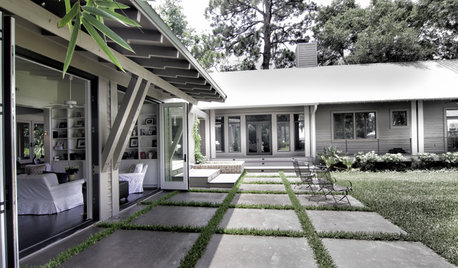
REMODELING GUIDESExposed Rafter Tails Show Heads-Up Craftsman Style
For a touch that offers decorative appeal and practical protection in bad weather, look to this classic Craftsman roof detail
Full Story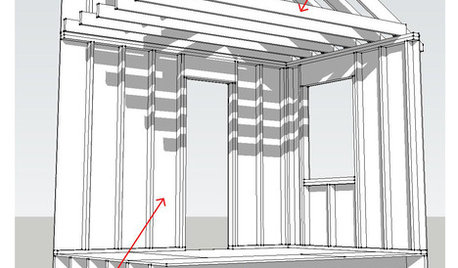
KNOW YOUR HOUSEKnow Your House: Components of a Roof
Don't get held up by confusion over trusses, rafters and purlins. Learn about a roof's features and their purposes here
Full Story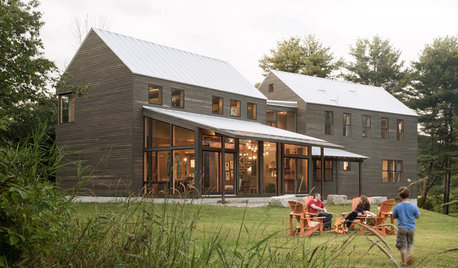
HOUZZ TOURSHouzz Tour: Family Reimagines the New England Farmhouse
See how a family in Maine takes apart a falling-down barn and uses the timber for an affordable new family home
Full Story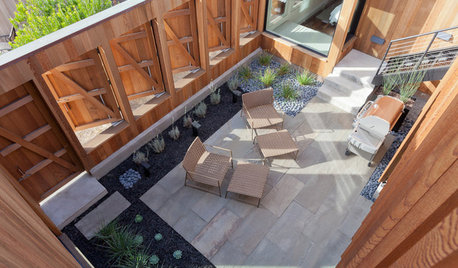
ARCHITECTUREDesign Workshop: 9 Ways to Open a House to the Outdoors
Explore some of the best ideas in indoor-outdoor living — and how to make the transitions work for both home and landscape
Full Story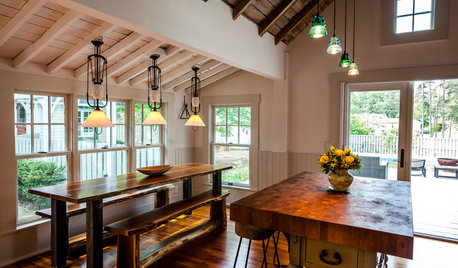
KITCHEN DESIGNKitchen of the Week: Rustic Space Opens to Herb and Vegetable Gardens
Well-chosen recycled and repurposed features create a North Carolina cottage kitchen with a distinctive look and personality
Full Story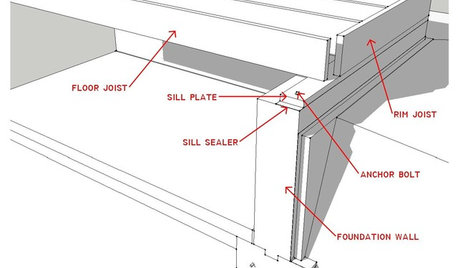
KNOW YOUR HOUSEKnow Your House: What Makes Up a Floor Structure
Avoid cracks, squeaks and defects in your home's flooring by understanding the components — diagrams included
Full Story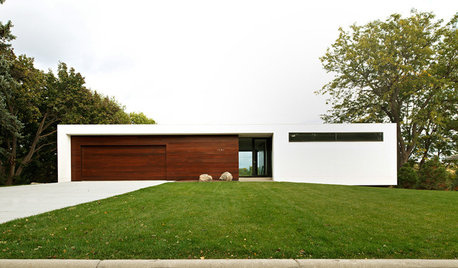
ARCHITECTUREWhy Authenticity in Architecture Matters
Is your home's exterior making a promise it doesn't keep? Learn why integrity and consistency are essential for architectural success
Full Story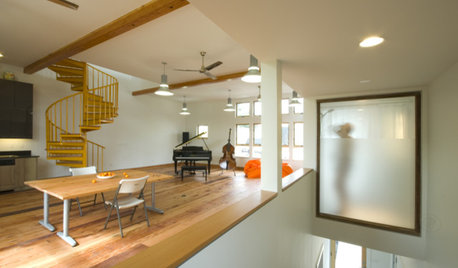
REMODELING GUIDES12 Singular Architectural Interiors
Modern materials and masterful architecture make these interiors visually arresting
Full Story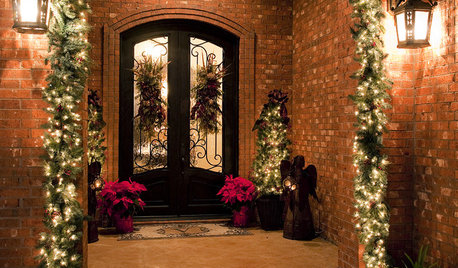
MOST POPULARA Contractor's Secrets to Hanging Holiday Decor
Hang a wreath or garland on brick, concrete, Sheetrock or wood the professional way — and avoid the potential pitfalls
Full Story
REMODELING GUIDESCool Your House (and Costs) With the Right Insulation
Insulation offers one of the best paybacks on your investment in your house. Here are some types to discuss with your contractor
Full Story





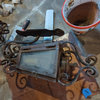


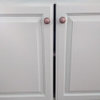
mosquitogang201
snoonyb
Related Professionals
Hanover Township Kitchen & Bathroom Remodelers · Princeton Kitchen & Bathroom Remodelers · Deer Park General Contractors · El Monte General Contractors · Fort Pierce General Contractors · Hercules General Contractors · Holly Hill General Contractors · Lakeside General Contractors · North Lauderdale General Contractors · Shaker Heights General Contractors · Williamstown General Contractors · Bountiful Painters · Clearwater Painters · Naples Painters · Tamarac PaintersJoseph Corlett, LLC
sombreuil_mongrel
hippy
paulmarsOriginal Author
renovator8